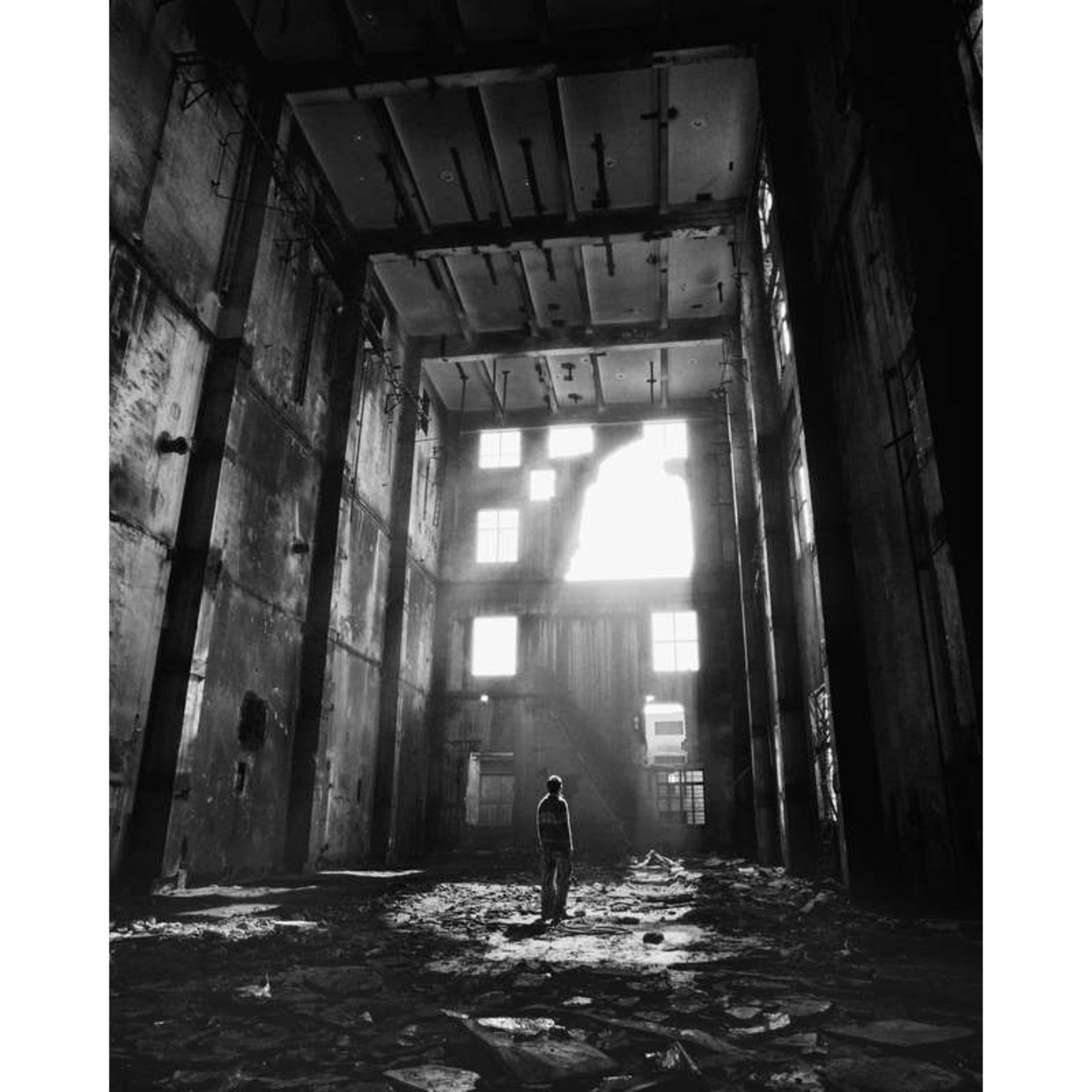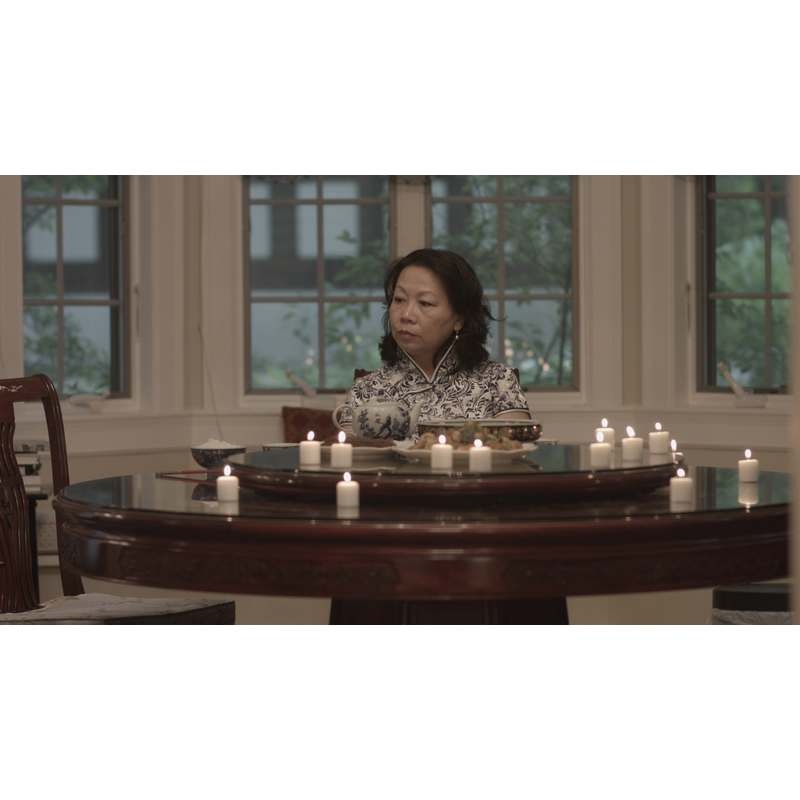PHANTOM PAIN CLINIC
Yoshikatsu Fujii(JP), Max Sher(RU) Sheida Soleimani(US), Hsu Che-Yu(Taiwan, CN), Shen Linghao(CN), Wang Tuo(CN)
SHEN CHEN
Phantom limb syndrome, coined in 1871 by the American neurologist Silas Weir Mitchell, refers to the sensation of an amputated or missing limb still being attached – the experience of pain, also called “phantom pain”, in an absent limb or a portion of a limb that is no longer there. Phantom pain is physical, yet psychological.
Applying the basic prototype of “Loss/Damage - Pain - Observation - Intervention”, the exhibition Phantom Pain Clinic takes “phantom pain” as a metaphor, surveying the types of different “phantom pains” and attempting to find a cure. The origin of phantom pain can be psychogenic but also an intrinsic stress response to the loss of the organs. It is easy to recognize the loss of a body part, but harder to come to a shattered personality, the loss and erasure of memories, and the damage or division to the social structures.
In the exhibition, artists are also doctors. They uncover and observe different kinds of phantom pains.
In HiroshimaGraph– Rabbits Abandon Their Children, Yoshikatsu Fujii put his focus on Okunoshima, Hiroshima Prefecture. 72 years after World War II. Okunoshima, also known as “Rabbit Island,” is now a peaceful and enjoyable resort destination, but its years under the name “Poison Gas Island” during World War II is rest just under the surface. The works -- flashing back to ordinary island scenes, weaving in the archival images and text as poison gas production evidence -- try to pass on the truth about an almost forgotten history of suffering.
Hsu Che-Yu’s November11th,1970was derived from an old news story in 1970 of setting a statue of Sun Yat-sen (Sun Zhongshan) in Zhongshan park in Taiwan. With on-site image scenes, virtually animated figures and a subtly altered report from the time, Hsu tries to conjure a period of ghost-like history he did not experience.
In Scenery in Heart - Theater of History, Shen Linghao presents the interior of Jiangnan Shipyard and Chiang Ching-kuo’s former residence, which was converted into light-sensitive images in dark boxes. The factory that was seized by invaders became their exhibition pavilion once again; a villa that was frequented by celebrities was leveled to ground overnight. It is like a theater act within a hall of mirrors, in which various self- conflicted dramas echo off one another.
The background of Max Sher’s Map and Territory is based on
the history of Nazi Germany’s siege of Leningrad from 1941 to 1944. It shatters simplistic historical discourses written by the State to construct a sort of a speculative museum out of a deliberately labyrinthine mixture of "fact" and "fiction". It also investigates the Soviet political regime in a defensive position, which led to an almost total ban on non-authorized image- making and even the possession of images in the besieged city. Taking the “counter-revolutionary” photographers' group People’s Eye; nurse Antonina Lavrova, who “illegally” possessed German landscape postcards; and blind person Pyotr Gorchakov, who wrote his diary in braille, as prototypes, the artist plays the role of a spy in the project. Through these fictional profiles, re-shot surroundings, “secret” graphs, braille diary, as well as cut-out postcards, Sher unfolds substituted meanings and challenges a piece of real yet falsified history.
In NationalAnthem, Sheida Soleimani, as Iranian-American, pays attention to those forcedly disappeared Iranian females who were executed because they resisted violence. She appropriates low-resolution online profiles, cultural symbols, and signifiers to forge a viewing of the Middle East from an outside lens and point a finger at the guilt in the past and the present.
Wang Tuo’s MeditationonDisappointingReadingis inspired by the novel “Three Daughters of Madame Liang” (1969), which was not widely accepted in China. Through reproducing and creating two female figures, the artist discusses the discomfort of leaving hidden documents to stay as they are. Time is like a filter over a screen, showing us only the trauma left by historical events without letting us know the causes
In the above works, the artists have appropriated more or less forgotten images, texts, and plots. They are like phantoms hovering through the dark recesses of the physical and digital worlds. They point to the ambiguous imagination, stir up interlinking possibilities and trigger narrative illusions that speak to that which can never be fully reconstructed. The artists attempt to restore or recontextualize the materials and to anchor them, so as to explore these phantom pains.
Phantom pain does not lead to death necessarily but reminds the afflicted of the absence of what was once there and what it means to persevere through anguish. Phantom pain can be mitigated or suspended, but it is difficult to cure it completely. Facing up to it, nevertheless, may be the first step towards healing and understanding.



